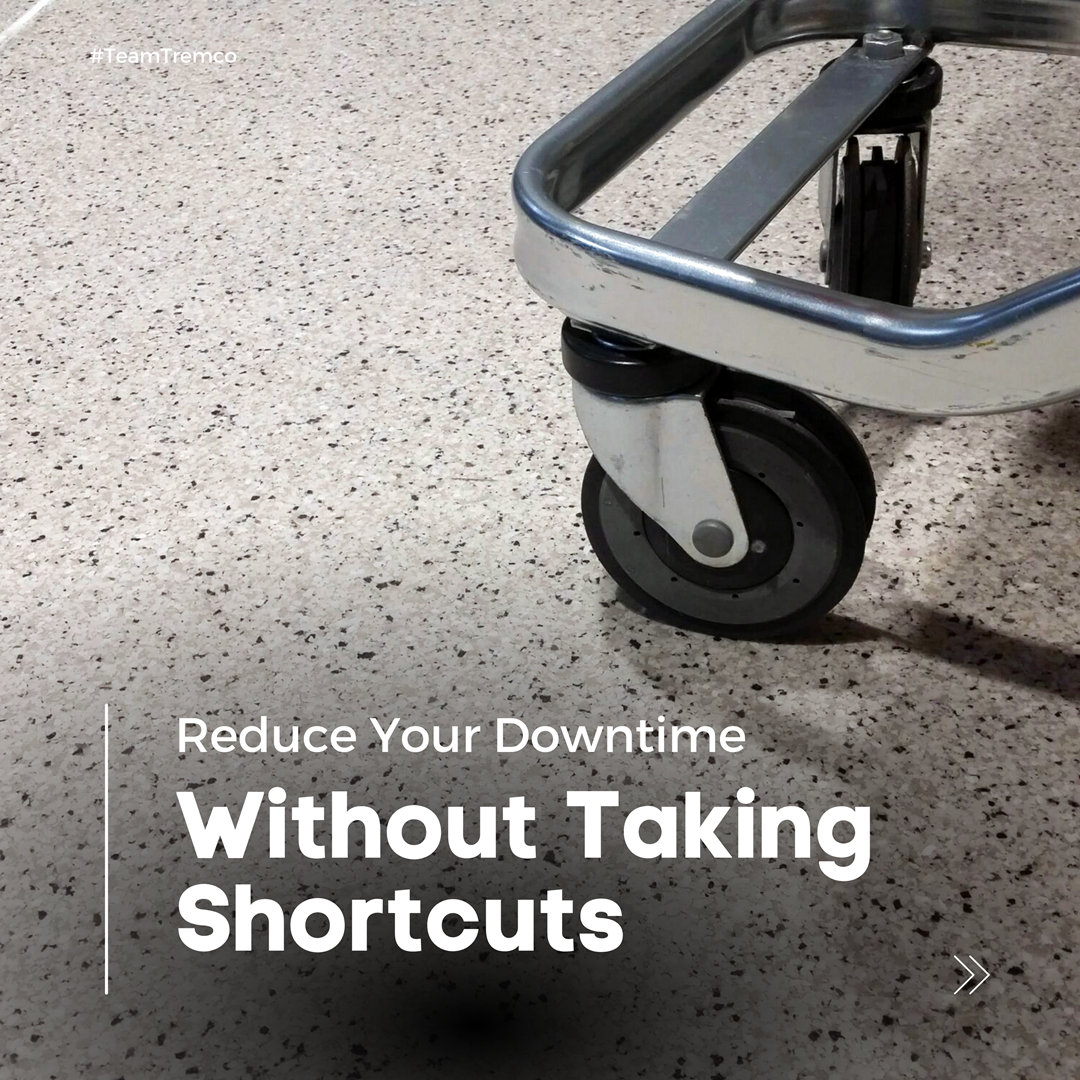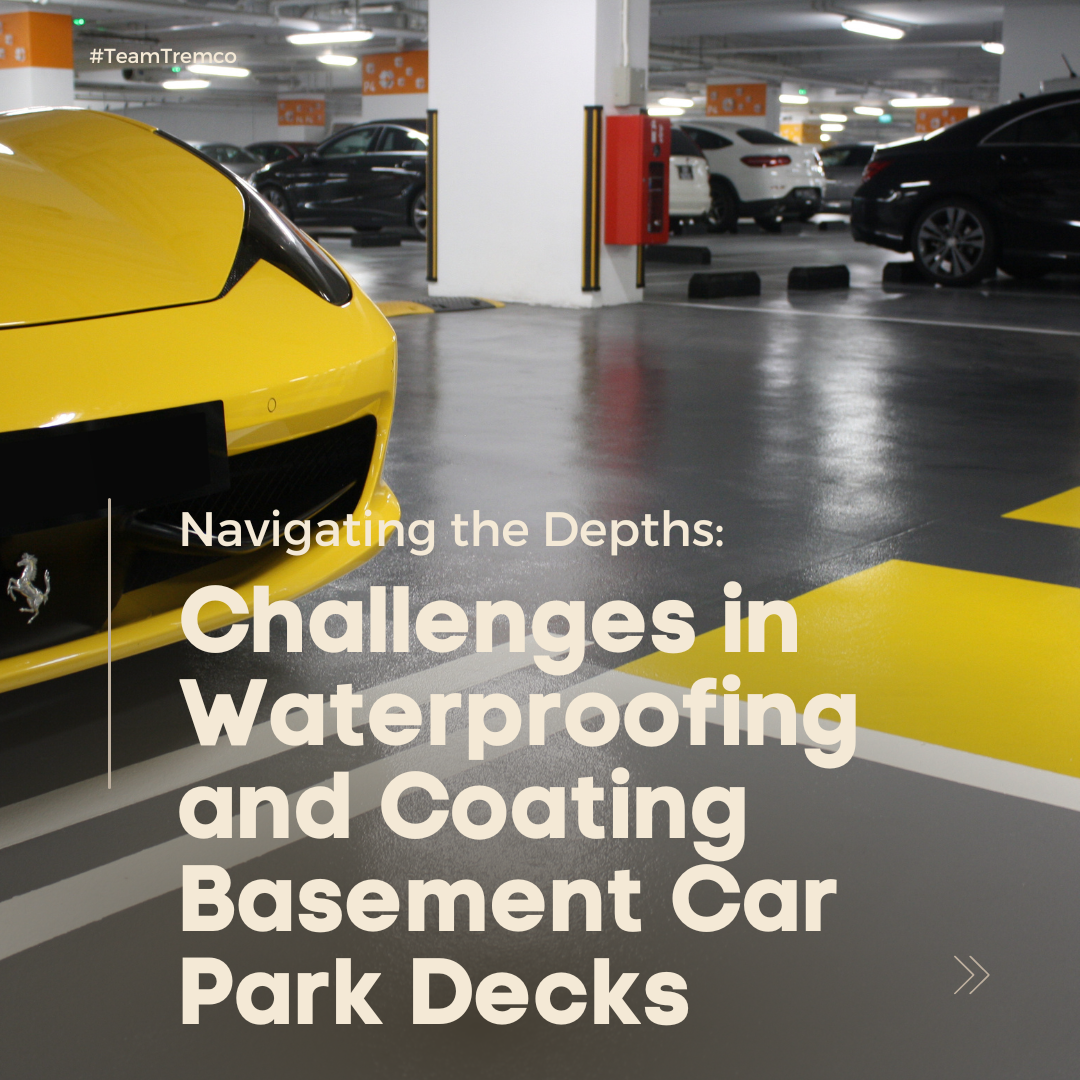An Overview of Flooring Demands
Facility design is central to the prevention of drowning and other injuries, with surfaces in particular being a critical aspect of a building’s safety and hygiene credentials.
The floor finish has many roles to play in order to be fit for purpose, with cleanability, durability, chemical resistance, drainage and slip resistance all being important criteria. Getting all of this right means carefully considering a long list of flooring aspects, including the texture of the finish, its colour and smoothness, the thickness of the coating and the junction between the wall and floor as well as access and egress points.
A common factor throughout any building that has a swimming pool is dealing with large quantities of water on the floor. This is obviously most likely on the concourse surrounding the pool, but also needs to be considered in the changing rooms, corridors, back of house areas and generally anywhere within splashing, dripping or spilling distance of the water.
Ponding water in any of these areas is a concern, as it could become a prime site for bacterial growth and contamination. This will be more likely if the floor is covered in depressions, gaps or cracks which will result in water stagnating in hard to clean places. If the floor does not properly drain, then a leisure facility could run the risk of contaminated liquid finding its way into the main body of water – which would pose a very serious hygiene risk!
The floor’s colour and design plays both a safety and interior design role. Many site’s will want a floor that complements the colours and visuals of the facility, making it a fun and engaging place for the patrons – especially in venues that welcome a lot of children. When choosing the colour of the floor it is important to ensure that the colours won’t inadvertently hide contaminants or detract from important signage.
The facility may also choose to place safety or navigational signs on the floor. Where this is the case it needs to be done in a way that will survive all the water, foot traffic, chemicals and wear that it will face and the signage needs to be applied in a way that is clearly visible. Bright safety yellow against a pale background is a good way to guarantee that the messages, warnings, arrows or symbols will be seen.
 Flooring
Reduce Your Downtime Without Taking Shortcuts: The Advantages of MMA/PUMA Flooring
Flooring
Reduce Your Downtime Without Taking Shortcuts: The Advantages of MMA/PUMA Flooring
 Flooring, Waterproofing
Navigating the Depths: Challenges in Waterproofing and Coating Basement Car Park Decks
Flooring, Waterproofing
Navigating the Depths: Challenges in Waterproofing and Coating Basement Car Park Decks
